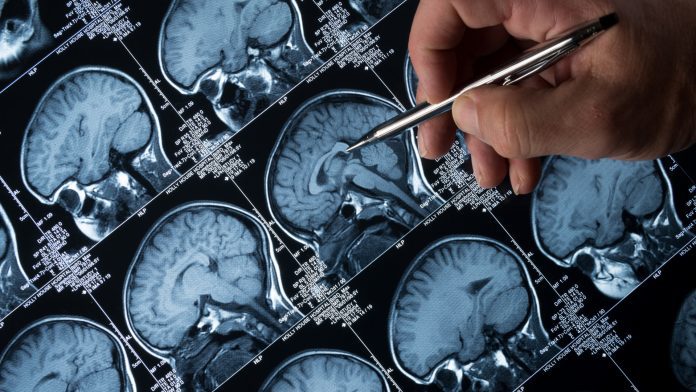
Wrist-worn smart devices have revolutionised how millions of people around the world monitor their health, from heart rate to step count. Now, a team of researchers has identified that similar technology could be utilised to forecast epileptic seizures accurately.
A novel investigation conducted by experts at the Mayo Clinic and their international collaborators has identified that special wristwatch monitoring devices can proficiently predict epileptic seizures, a significant breakthrough in mitigating the effects of the condition. The team discovered that patterns could be identified in patients who wore the devices for six to 12 months, providing around 30 minutes of warning before an epileptic seizure occurred. The technique worked effectively for five of the six patients studied.
The research, published in Scientific Reports, is part of the Epilepsy Foundation of America’s Epilepsy Innovation Institute and the My Seizure Gauge project, an international initiative aimed at employing wearable technology to detect and forecast epileptic seizures. Additionally, the team received support from the Mayo Clinic Neurology Artificial Intelligence Programme.
Current interventions
The World Health Organization (WHO) estimates that around 50 million people have epilepsy globally, highlighting the necessity to develop efficient and effective methods to mitigate the impacts of the condition. Traditional strategies are not providing complete protection, as even people who receive medications, surgery, and neurostimulation devices continue to experience epileptic seizures.
The unpredictable nature of epileptic seizures makes treatment options extremely limited. However, if these seizures can be reliably forecasted, it would enable individuals with epilepsy to change their activities, take a fast-acting medication or increase their neurostimulator to prevent an epileptic seizure or reduce its effects.
Benjamin Brinkmann, PhD, an epilepsy scientist at Mayo Clinic and the senior author of the research, said: “Just as a reliable weather forecast helps people plan their activities, so, too, could seizure forecasting help patients living with epilepsy adjust their plans if they knew a seizure was imminent. This study using a wrist-worn device shows that providing reliable seizure forecasts for people living with epilepsy is possible without directly measuring brain activity.”
Calculating epileptic seizures
For the investigation, patients with drug-resistant epilepsy and an implanted neurostimulation device that monitors electrical brain activity were provided two wrist-worn recording devices and a tablet computer to upload data to cloud storage daily. The individuals were instructed to wear one wristband while the other was charging, switching the devices at a set time each day. The devices were used as the patients carried out their regular day-today-activities, helping to achieve unique, long-term data for the study.
Throughout this period, the wearable devices attained information on electrical characteristics of the skin, body temperature, blood flow, heart rate, and accelerometry data that tracks movement. The team examined the data with a deep learning neural network approach to conduct time series and frequency analysis.
Due to the participants already having an implanted deep brain stimulation device to regulate their epilepsy, those neurostimulation devices were employed to confirm seizures, allowing the researchers to measure the accuracy of forecasting by the wrist-worn devices. Although implanted brain devices have been demonstrated to predict epileptic seizures, many patients don’t want an invasive implant, meaning this breakthrough could allow more people to monitor their condition.
Dr Brinkmann said: “We hope this research with wearable devices paves the way toward integrating seizure forecasting into clinical practice in the future.
The team are now building on their investigation by using a larger study group that are currently recording data.









